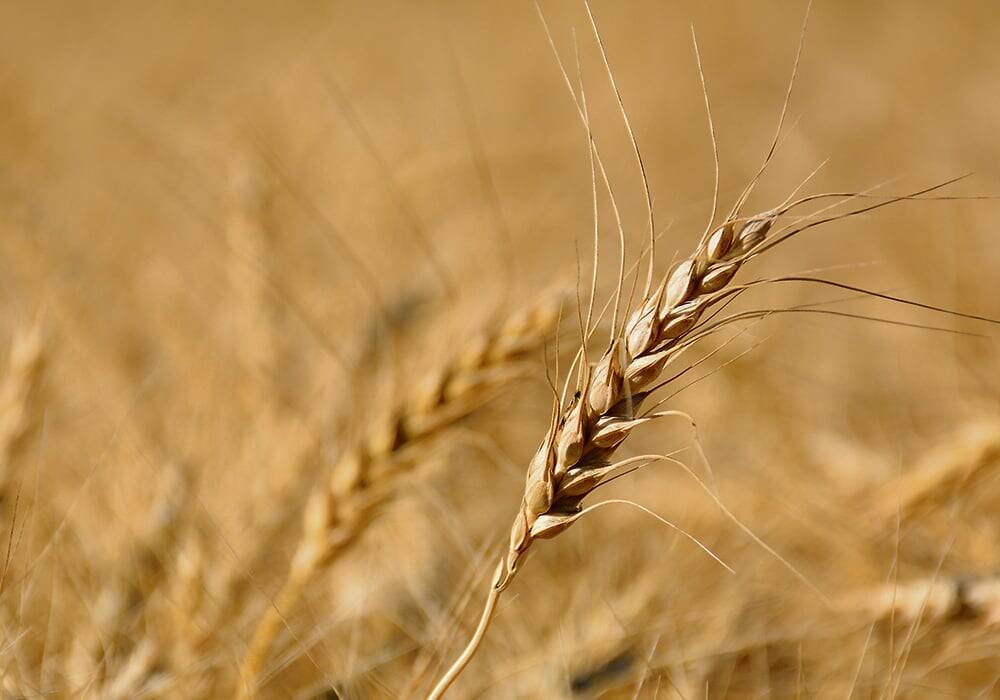MarketsFarm – Projected worldwide wheat, corn and soybean production in 2023/24 was raised by the International Grains Council in its latest update, with better-than-expected corn yields in the United States and larger Black Sea wheat crops behind the adjustment.
Total world wheat production in 2023/24 was pegged at 787 million tonnes by the IGC, which would be up by two million from the October estimate but still below the 804 million tonnes grown in 2022/23. If realized, the world wheat crop would still be the second largest on record.
Read Also

Prairie CWRS bids rise, other wheats mixed
Canada Western Red Spring (CWRS) wheat bids across the Prairie provinces saw some strength during the week ended Nov. 11, taking some direction from the United States futures. However, other wheat classes were mixed.
Of the total, Russian and Ukrainian wheat production estimates were both raised slightly from the October estimate to 90.0 million and 28.7 million tonnes respectively. Wheat production in the European Union was raised by 800,000 tonnes from October, to 133.2 million tonnes, while Argentina’s crop was down by 900,000 on the month at 14.7 million tonnes.
World wheat ending stocks were forecast at 264 million tonnes, up by one million from October but below the 281 million tonne carryout in 2022/23.
Global corn production was raised to 1.223 billion tonnes, which compares with the October estimate of 1.219 billion tonnes and the year-ago level of 1.161 billion tonnes. The corn carryout was estimated at 285 million tonnes, up by two million from October and by 10 million from the year ago.
World soybean production is forecast to be up by seven per cent on the year, hitting a record of 395 million tonnes. That would be up by two million tonnes from the October estimate. World soybean ending stocks were left unchanged on the month at 62 million tonnes, which would be up by eight million from the previous year.














